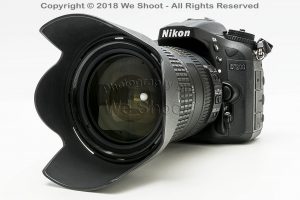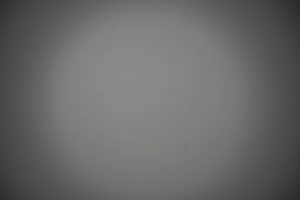Why Doesn’t He Have Dust Spots?
Tuesday, October 18th, 2016
I have a friend (who shall remain nameless) who emphatically states that he never has dust spots on his camera sensor. I, on the other hand, seem to deal with them as a normal byproduct of my workflow.
Photographers have different ways of dealing with dust spots. One spot on a sensor can show up in the same place in hundreds of my images leading me to employ my Photoshop skills to touch them out. Why doesn’t my friend have spots, and I do?
Most photographers with DSLRs and mirrorless cameras have spots because their image-making versatility is enhanced by the ability to change from one lens to another on one camera body, with the attendant risk of foreign objects landing on the sensor by exposing the inner workings of the camera to the dusty, debris-filled environment.
Recently I got a peek at why my friend says he has no dust on his sensor. Each time he swaps his lenses he goes into the camera menu, chooses the setting that locks the mirror up, opens his camera to the air (usually outside) and blows his sensor clean with a bulb puffer. Then he puts on a different lens. Being in surroundings dictated by my clients like landfills, manufacturing, and food-processing plants, I am surrounded by dust, dirt, shavings, and other particles that wreak havoc on my sensor if exposed to them for too long. I change lenses quickly to limit the amount of spots on my sensor.
I just completed a job in a manufacturing plant with much dust in the air and had to clean several dust spots in many images with Photoshop, even though my assistant and I changed lenses in a quick, coordinated effort. Since my client selected a large number of images from this shoot, I had a lot of dust-spot cleaning to do. So, for my next shoot, I’ve decided to try a different tactic for dealing with the spots. A gel stick.
The long, drawn-out “wet” cleaning process can be a risk to the camera sensor, and the gel stick is advertised as a simpler more effective remedy, so I purchased one.
I asked my friend of his interest in a gel stick. He said his method works, and he has no need for a new method. The problem for me is his method doesn’t make sense!
Why? First, sensors are electrostatically charged, attracting dust, and his puffer tool will not dislodge most of the dust from the sensor. Second, he is just blowing outside dust into his camera and may put more dust on the sensor than it had before. And third, his camera is exposed to dust in the air longer due to his “puffing” cleaning process.
So, naturally, I couldn’t fathom how his process didn’t result in more dust on his sensor than on mine.
He offered to send me raw image files of my choice from his Flickr page to prove his point. Dust spots mostly show up against brighter parts of images, so I chose one with lots of sky. Along with the sky image, he sent several images, and indeed he had no dust spots! The images were raw and no changes were made. It didn’t make sense.
Then I noticed in my Bridge program that none of his shots was taken with an aperture tighter than f5.6. I take most of my images at f11 or f16 as I shoot large assemblies that need an overall focus for my client.
So I asked for one of his images taken at f16 or smaller aperture. He balked, but finally went outside and photographed the sky at f4.5, f5.6, and at f20.
I put these images in Photoshop raw editor, tweaking them to look for spots. The result? No spots at the lower f-stops, but the f20 image was loaded. That’s why he has no visible dust spots! He shoots toward the more wide open apertures and the spots are invisible as they are not visible in the depth of field. My dust spots are always visible as I stop down to get maximum DOF to get my entire image sharp.
The moral to the story is while he has a sensor loaded with dust, it does not affect his wide-open images, but his bulb puffer actually does nothing to keep his sensor clean.
Since my commercial shooting can require me to use a full range of f-stops, I will have to occasionally clean my sensor. So, my new Eyelead Gel Stick will do the job with less time and bother than wet cleaning. It isn’t perfect, but it definitely reduces the marks to clean up in post-production. See the images below. The first was shot at f5.6 just to show why, when testing, to shoot at the tightest apertures. The next two were shot at f36. The first of those was shot before cleaning, and the last was shot after only one pass with the gel stick. You be the judge. While I am not recommending you use any gel stick, or even clean your own sensor, I purchased the gel stick I used from this website: https://photographylife.com/product/sensor-gel-stick.
Click on the images to enlarge.
– Gary Silverstein



